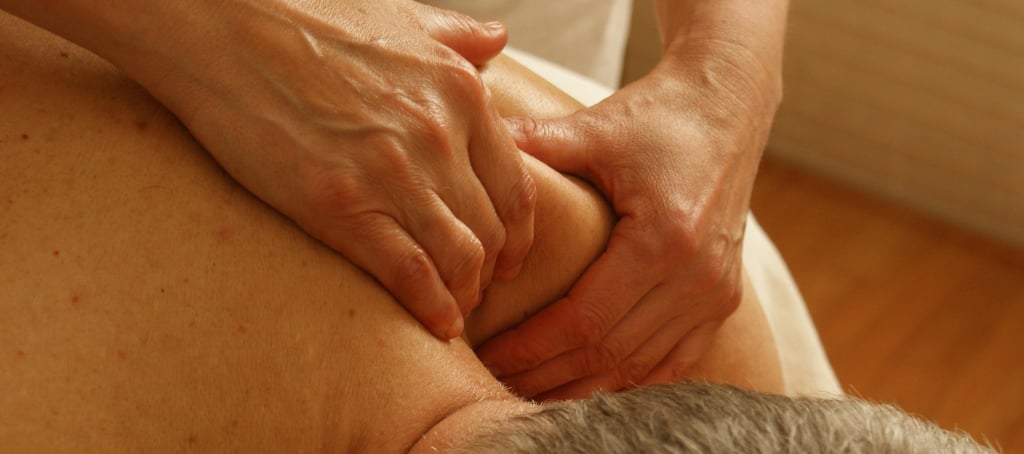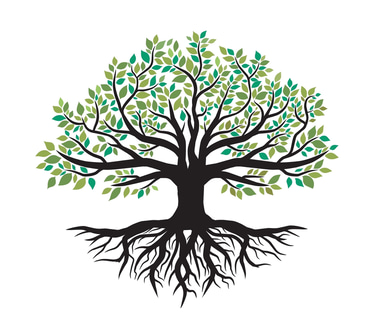What is Clinical Massage Therapy?
A shallow dive into Massage Therapy's Western approach.
3 min read


I have been quite taken aback at the amount of positive feedback I am receiving from clients who have shared how refreshingly different and beneficial their treatment experience has been for them.
As a Clinical Massage Therapist trained in Nova Scotia, Canada it is interesting to see how massage is generally perceived as a form of relaxation in the UK. In Canada, it is an essential part of the healthcare system to the extent that it was added to Canada’s express entry priority list of essential healthcare occupations in early 2025. This major difference has compelled me to share what Clinical Massage is and how it can be of support to people on their health journey.
In general, Massage Therapy is therapeutic in nature. On one hand, most people may have experienced a relaxation massage at a spa, focusing on stress reduction, alleviating tension using techniques such as Swedish or hot stone massage and aromatherapy. While relaxation based massage techniques are an essential foundational component of healing, a clinical massage therapy approach then adds a more specific focus on addressing existing acute or chronic health conditions, injuries or pain.
This is best achieved through:
🌿 Use of a variety of advanced techniques suited to each treatment and condition
🌿 Re-educating and maintaining soft tissue health for improved function
🌿 Measuring improvement of symptoms, posture and joint range of motion
🌿 Creating treatment plans on how to reduce pain and discomfort between sessions
An example of a clinical approach is when you may have a compressed nerve in your arm due to repetitive strain or direct trauma. This may cause related problems such as reduced sensory and motor function further down the nerve pathway. By applying knowledge of the musculoskeletal and nervous systems of the body, a Clinical Massage Therapist could help target the root cause of injury through testing and palpation. They could then use advanced techniques to alleviate the symptoms and help reduce or eliminate the root cause of obstruction.
Another example may be a postural related problem; the most typical being from sitting at a desk for long periods of time. This may lead to neck pain, where a forward rotation of the shoulders would typically change the balance of muscle length in different areas of the body. A clinical approach may be to address these muscles differently to reduce pain and rebalance tension in the body, re-educating the position of the shoulders. Another focus would be to attend to the areas of most pain and discomfort for the client.
In both examples, it is important to get to the root cause of the problem, and reduce and/or resolve the problem over a series of consecutive treatments. The time it takes to resolve a problem will very much depend on the health history of the client, the nature of the condition or injury and the client's lifestyle. It may also depend on what the client is experiencing at the time and wanting from each treatment. Above all, every treatment should always attend to the needs of the client in respect to their current physical, mental and emotional state and stage of healing.
It is important to remember, all types of massage have therapeutic value and regular massage can make a huge difference to your physical, mental and emotional wellbeing. There does not need to be a pre-existing condition in order to receive a treatment and treatments can still continue and are beneficial even after a condition has been addressed.
At Sacred Tree Wellness we offer a clinical perspective with a holistic and integrative approach working closely with other wellness practitioners such as Osteopaths, Physiotherapists, Chiropractors, and general practitioners.
Whether your reasons for booking a massage are preventative, regular maintenance or managing an existing acute or chronic health condition or injury, experience the difference a Clinical Massage with Sacred Tree Wellness can make in your life.
